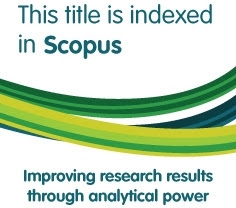What Drives Anti-Shia Framing in Indonesia?
Abstract
As a global phenomenon, the Anti-Shia movement in Indonesia is damaging the moderate characteristics of Indonesian Islam. Even though previous literature showed the role of state actors in Anti-Shia movement in Muslim-majority countries and uncovered religious, economic, and political causes, this current study focused on Anti-Shia framing and the contributing factors. Furthermore, fieldwork and library studies on MIUMI (the Indonesian Council of Young Intellectuals and Ulama) and ANNAS (National Anti-Shia Alliance) showed Shia was framed as a heretical sect and a source of conflict in Muslim society. To address this issue, a nationally applied fatwa and the prohibition of Shia organizations, institutes, and foundations were required, in addition to exercising jihad against Shia. This was due to interconnected factors between religious ideology, majoritarian mindset, and perceived threat. Therefore, cultural and socio-psychological dimensions were significant in social movement studies.
Keywords
Anti-Shia; Framing; Religious Ideology; Majoritarian Mindset; Perceived Threat
Full Text:
PDFDOI: https://doi.org/10.36712/sdi.v31i1.27713
Refbacks
- There are currently no refbacks.

All publication by Studia Islamika are licensed under a Creative Commons Attribution-NonCommercial 4.0 International License.
Studia Islamika, ISSN: 0215-0492, e-ISSN: 2355-6145
View My Stats

